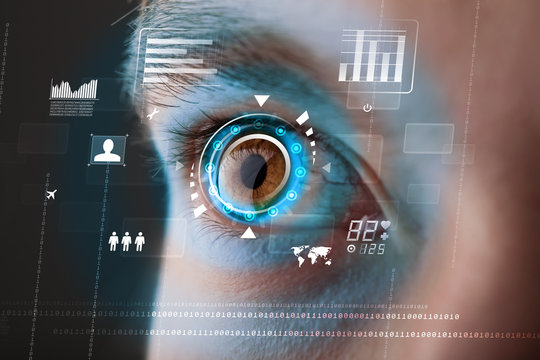Algorithms and artificial intelligence (AI) have become the cornerstone of modern technology, transforming industries and reshaping our everyday lives. The power of these technologies lies in their ability to boyzscience.com process vast amounts of data at lightning speed, providing camkinks.com openofifce.org insights esspot.com that would be impossible for humans to achieve on their own.
Algorithms are essentially sets of rules or instructions that a computer follows to solve a problem or complete a task. They underpin everything from search engines and social bodymindally.com media platforms to financial systems and healthcare diagnostics. These complex mathematical formulas can sort through millions of pieces of information in seconds, identifying patterns, making predictions, and guiding decision-making processes.
For instance, the algorithms used by Google’s whiningconfessed.com search engine analyze billions of web pages to deliver the most relevant results for each thebodybabes.com query. In healthcare, algorithms can sift through extensive medical records and research papers to aid doctors in diagnosing diseases or developing treatment plans.
On the other hand, AI takes algorithmic processing several steps further by mimicking human cognitive functions such as learning goldenlipsofsilence.com and problem-solving. Machine learning is a subset of AI where computers learn from data without being explicitly programmed. Deep learning is even advectionusa.com more advanced; it my-solr-server.com uses neural networks with many layers (hence webrossummit.com ‘deep’) to teach computers how to carry out tasks like recognizing speech or images.
The combination of these technologies provides powerful tools for businesses across all sectors. Retailers use them for predicting consumer behavior and personalizing marketing messages; banks employ them for fraud detection; manufacturers utilize them dogpiled.com for optimizing supply chains; while healthcare lagarhus.com organizations leverage them for improving patient care.
However chehalisrent.com impressive this might sound though, it’s just scratching the surface when it comes down to what this technology could accomplish in future years. As we continue trafciantes.net feeding more data into these systems – along with advancements in quantum computing – we will see an exponential growth in their capabilities.
Despite its transformative potential, however, there are filnoor.com also challenges associated with using alibraryandgarden.com algorithms and AI technologies such as privacy concerns surrounding data collection, the risk of algorithmic bias, and the potential for job displacement. Therefore, it’s crucial that these technologies are developed and used responsibly with ebayglobalshopping.com adequate regulations thebodyboys.com in place.
In conclusion, algorithms and AI represent a new frontier in technology – one that holds immense promise but also poses significant challenges. They have already begun to revolutionize our world by ushering in an era of automation and personalization on an unprecedented scale. As we theletterexchangeco.com continue to explore their full potential, they will undoubtedly reshape our society in ways we can only begin to imagine.

